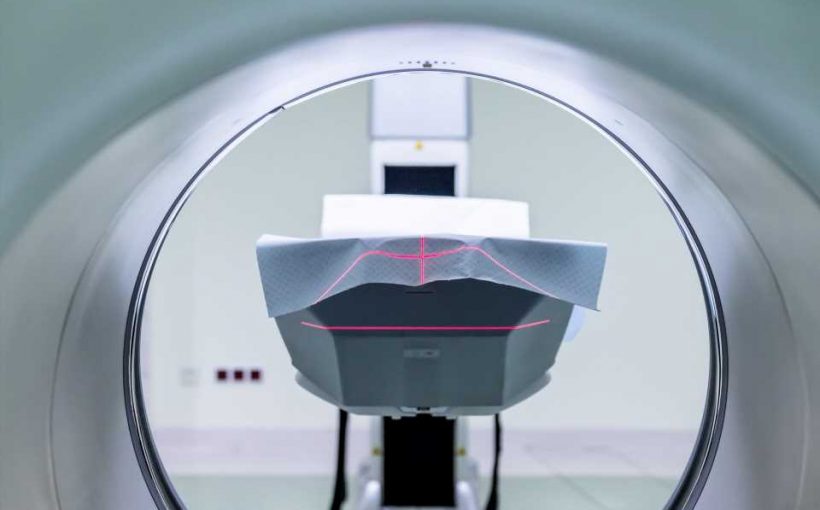
Alexandra Touroutoglou, Ph.D., and Bradford Dickerson, MD, neuroscientists in the department of Neurology at Massachusetts General Hospital, are the lead authors of a new study published in Alzheimer’s & Dementia, The Sporadic Early-onset Alzheimer’s Disease Signature Of Atrophy: Preliminary Findings From The Longitudinal Early-onset Alzheimer’s Disease Study (LEADS) Cohort.
What question were you investigating?
Is there a signature biomarker for younger/early-onset Alzheimer’s Disease (EOAD)?
Sporadic early-onset Alzheimer’s disease (EOAD) is rare and understudied. However, it is known to be a devastating form of Alzheimer’s disease (AD) affecting patients often in their 40s and 50s at the peak of their productive life, when they may be balancing careers, family responsibilities and community roles.
Previous neuroimaging studies have advanced our understanding of neurodegeneration in sporadic EOAD. Still, these studies have included small samples and have not focused on developing an MRI biomarker.
This study defined an EOAD-signature MRI biomarker using data from a well-characterized discovery sample from Massachusetts General Hospital (MGH) and tested the hypothesis that it can be reproducible in a large validation sample of participants with EOAD.
What methods or approached did you use?
We obtained the data from two independent cohorts. The MGH EOAD cohort included 25 patients in the ongoing MGH Frontotemporal Disorders Unit Longitudinal Cohort. The second cohort included 211 patients enrolled in the 18-site multicenter Longitudinal Early-onset Alzheimer’s Disease Study (LEADS) consortium, a collaboration led by Liana Apostolova, MD at Indiana University School of Medicine, Indianapolis, Brad Dickerson, MD of Massachusetts General Hospital, Boston, Gil Rabinovici, MD at the University of California, San Francisco, and Maria Carrillo, Ph.D. of the Alzheimer’s Association.
LEADS participants receive a standard clinical evaluation and Magnetic Resonance Imaging (MRI) scanning as well as amyloid and tau PET scanning and fluid biomarker assessments on an annual basis.
What were your findings?
Using quantitative analysis of brain atrophy from MRI scans, we identified a signature pattern of distributed cortical atrophy in EOAD that replicated across two well-characterized independent samples: a discovery sample of 25 participants with EOAD from MGH and a large validation sample of 211 participants with EOAD from the multicenter LEADS consortium.
In addition to reliability across the two samples, the EOAD signature demonstrated clinical validity against widely used measures of symptom severity and cognitive function, with greater atrophy associated with greater cognitive impairment.
The EOAD signature accurately differentiated EOAD patients from healthy controls as well as patients with early-onset non AD conditions associated with cognitive impairment.
What are the clinical implications?
We were able to prove that the EOAD signature is a clinically valid measure of AD-related neurodegeneration.
Future work will focus on using the EOAD signature of regional atrophy to examine changes in the brains of patients over time.
Follow-up studies will also explore the relationship between atrophy within the EOAD signature and impairments in different cognitive domains.
More information:
Alexandra Touroutoglou et al, The Sporadic Early‐onset Alzheimer’s Disease Signature Of Atrophy: Preliminary Findings From The Longitudinal Early‐onset Alzheimer’s Disease Study (leads) Cohort, Alzheimer’s & Dementia (2023). DOI: 10.1002/alz.13466
Journal information:
Alzheimer\’s & Dementia
Source: Read Full Article
